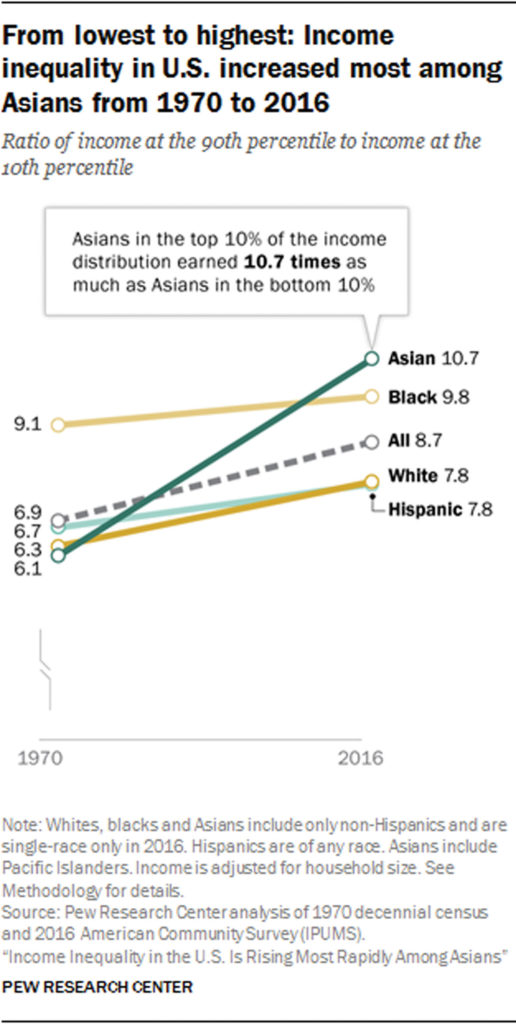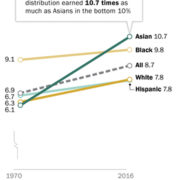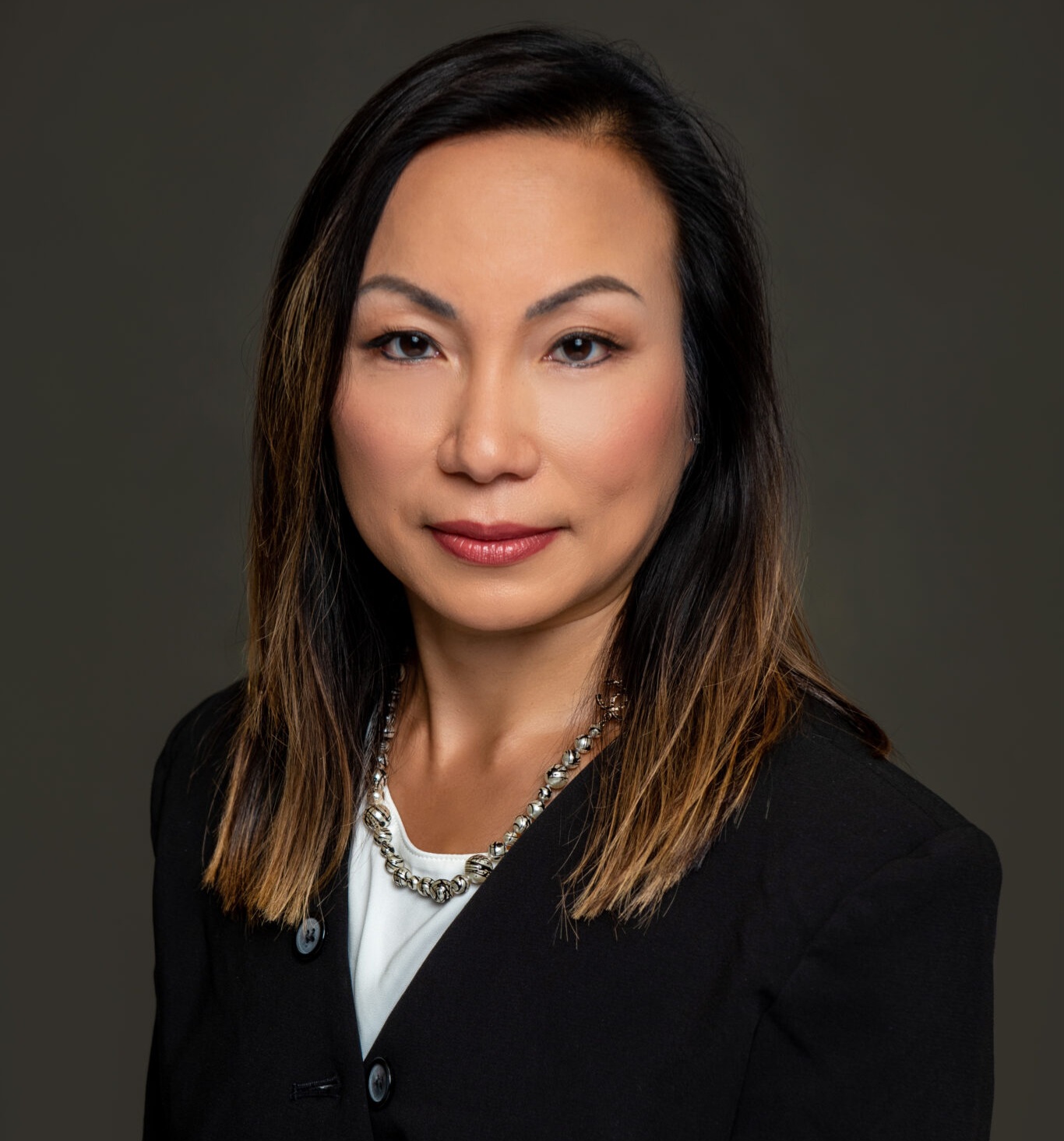
Asian Americans now have the highest income inequality among all racial and ethnic groups, new Pew report shows
Income inequality has been steadily rising for the last 50 years for all Americans and, as a result, has become a key political issue, igniting the call minimum wage increase and holding those responsible for the 2008 recession accountable via government regulations.
Those who are slighted by the wage gap — namely women, blacks and Hispanics — have always been on the forefront for calling for legislative change for income equity.
But there’s one group who is largely ignored in the wage disparity conversation: the Asian American community.
Since the 1970s, income inequality among the Asian American community has steadily increased, making the wage gap between rich and poor within the community the largest disparity among other racial and ethnic groups.
A recently released report from Pew Research Center measured the wage gap of the community from 1970 to 2016 and found that Asians in the top 10 percent of income distribution make nearly 10.7 times as much as Asians in the bottom 10 percent. This puts the Asian American community’s disparity at the top before blacks (9.8), whites (7.8) and Hispanics (7.8).
The study’s researchers theorized that immigration patterns are a factor in the Asian American community’s growing wage disparity. Like Latin Americans, immigrants accounted for the spike in the Asian population in the U.S., roughly comprising 81 percent of the growth which experienced a dramatic uptick in the 1990s after the Immigration Act of 1990.
That act allowed migrants from many countries to come to the U.S. by seeking asylum or through family reunification programs, brought over a wide variety of Asian immigrants who varied in education levels, professional skills and incomes.
In terms of average income, the top 10 percent earn a median yearly income of $133,529 while the bottom 10 percent make $12,478 a year on average, according to Pew which used U.S. Census Bureau data to conduct the study.
The report found that, overall, Asians are the highest earning racial and ethnic group in the U.S., with a median annual income at $51,288. But high wages are certainly not the reality for many Asians.
As any Asian American knows, the community is generally seen as a high-earning group, as posited by the broad “model minority myth” which sees all Asians as extremely studious and financially successful.
While that may be a goal for some Asian Americans, that narrative erases the reality of many Asian Americans and their families, many of whom live below the myth’s expectations, according to the researchers of this study.
“Asians are often pictured as the highest achieving group in America, but Asians are actually the most economically divided or diverse group,” Pew researcher Rakesh Kochhar told the Huffington Post.
In terms of economic disparities within the Asian American community, the model minority myth erases the specific concerns of disadvantaged Asians in America and renders them invisible in the broader issue of income inequality, according to Jo-Ann Yoo, executive director for Asian American Federation. In New York City, for example, Asian Americans have the highest poverty rate at about 26.6 percent but public resources specifically tailored for struggling Asians are scarce, according to NYC Center for Economic Opportunity.
“The model minority myth chooses to highlight the successful immigrant examples and brush aside the high rates of poverty,” Yoo told HuffPost in 2017. “The myth assumes that we somehow have the capacity to work ourselves out of poverty without any help.”
Now organizations are working to dispel the model minority myth by showcasing the diversity of the Asian American community. The Los Angeles-based legal and civil rights organization Asian Americans Advancing Justice this year has delivered comprehensive and intersectional dives into the Asian communities in Orange County and the San Gabriel Valley by aggregating data on income, English proficiency, education and a wide variety of issues.
As reported in the Asian Journal, Advancing Justice hopes that efforts like this to dispel the myth that the Asian American community is prosperous across the board and will generate public programs and legislation to help uplift this underrepresented sect of the Asian American community.
“Asian Americans are the most immigrant of any major racial group, be it in the San Gabriel Valley, be it the state of California, be it nationally,” Dan Ichinose, director of the Demographic Research Project at Advancing Justice-LA, said at a media event in February. “These data consistently show that immigration policy isn’t just something that affects Latinos; it is something that affects Asian American communities in a really significant way.” (Klarize Medenilla/AJPress)






